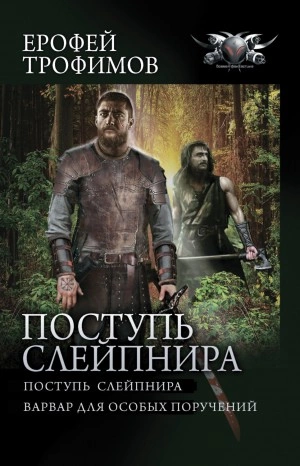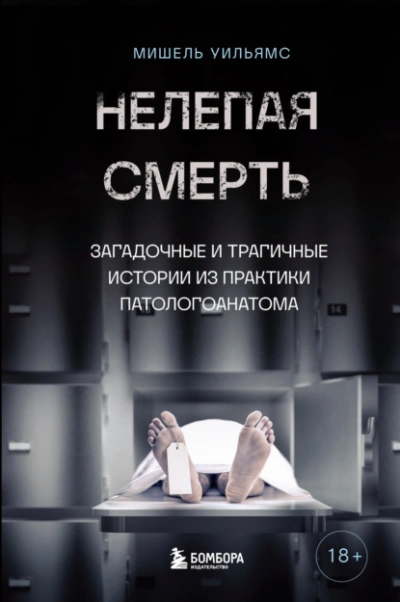Форма входа
Читем онлайн Нерассказанная история США - Оливер Стоун
Шрифт:
-
+
Интервал:
-
+
Закладка:
Сделать
На этой странице вы можете бесплатно читать книгу Нерассказанная история США - Оливер Стоун бесплатно.
Похожие на Нерассказанная история США - Оливер Стоун книги
- Подстрочник: Жизнь Лилианны Лунгиной, рассказанная ею в фильме Олега Дормана - Олег Дорман - Биографии и Мемуары
- Камчатские экспедиции - Витус Беринг - Биографии и Мемуары
- Дневники полярного капитана - Роберт Фалкон Скотт - Биографии и Мемуары
- Великая и Малая Россия. Труды и дни фельдмаршала - Петр Румянцев-Задунайский - Биографии и Мемуары
- Всего лишь 13. Подлинная история Лон - Джулия Мансанарес - Биографии и Мемуары
- Фрагменты - Михаил Козаков - Биографии и Мемуары
- История французского психоанализа в лицах - Дмитрий Витальевич Лобачев - Биографии и Мемуары / Психология
- Первое российское плавание вокруг света - Иван Крузенштерн - Биографии и Мемуары
- «Я буду жить до старости, до славы…». Борис Корнилов - Борис Корнилов - Биографии и Мемуары
- Споры по существу - Вячеслав Демидов - Биографии и Мемуары







